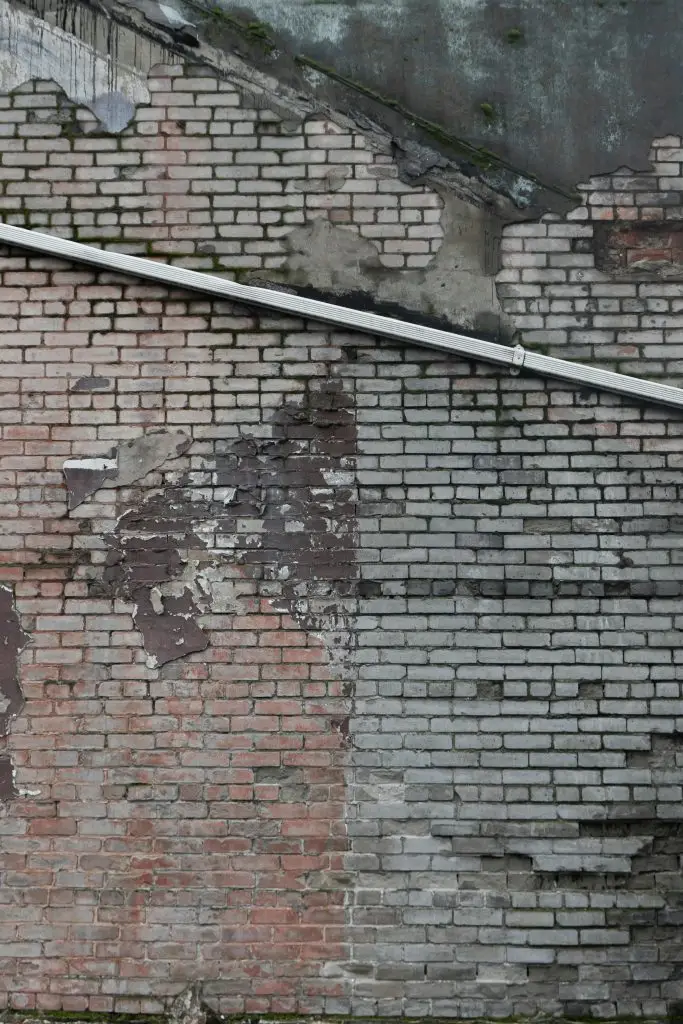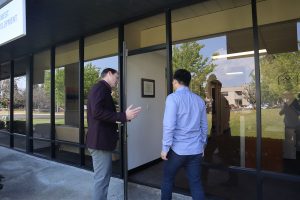For decades, the U.S. retail real estate market was driven by aggressive expansion. Shopping centers, strip malls and commercial retail property were built at a rapid pace between 1960 and 1999, creating billions of square feet of retail space. Today, however, retail development isn’t about building new—it’s about redeveloping and repositioning existing properties.
If you’re an investor, developer or someone looking for passive commercial real estate investment opportunities, now is the time to capitalize on the shift from multifamily, self-storage or ground-up development to value-add retail redevelopment.
The U.S. Retail Market Is Aging—And That’s an Opportunity
The U.S. has over 14 billion square feet of retail space and much of it is 30 to 60 years old. That means many properties are outdated, underperforming or no longer aligned with modern consumer behavior.
- The average commercial building in the U.S. is over 50 years old.
- The majority of commercial property investment opportunities exist in retail centers built between 1960 and 1999.
- Many properties are underutilized with high vacancies and weak tenant mixes.
This isn’t a retail apocalypse, instead it’s a massive investment opportunity for developers and investors who understand how to revitalize struggling retail assets.

Why Retail Redevelopment Is the Best Investment Right Now
Instead of focusing on new developments, smart investors and developers are turning to retail property redevelopment projects. Here’s why:
Retail Isn’t Dead—It’s Just Changing
Despite the rise of e-commerce, brick-and-mortar retail is thriving in new ways. People still want experiential shopping, convenience and in-person service-based experiences. The best redevelopments today focus on:
- Food and beverage concepts (restaurants, breweries, coffee shops)
- Experiential retail (entertainment venues, fitness centers, interactive shopping)
- Medical and wellness tenants (urgent care, dental, boutique fitness)
- Live-work-play environments (adding residential or office space to retail centers)
Older commercial space for rent can be repositioned into modern, high-traffic destinations.
High Demand for Retail Space, Despite the Headlines
Contrary to the “retail is dead” myth, retail vacancy rates are at record lows. The demand for commercial space for rent is surging:
- Retail foot traffic is rising, especially in open-air shopping centers.
- Big-box store vacancies are being repurposed for logistics hubs, medical offices and entertainment centers.
- With high barriers to new development, commercial property for lease in prime locations is more valuable than ever.
With limited new supply, the best investment strategy is revitalizing outdated properties, not starting from scratch.
Ground-Up Development Is No Longer Feasible
Building a brand-new shopping center in 2025 is expensive, risky and slow due to:
- Soaring construction costs (materials and labor are more expensive than ever).
- High interest rates, making new development financing difficult.
- Zoning and entitlement challenges, as many cities prefer adaptive reuse over new retail projects.
That’s why redeveloping existing properties is a smarter, lower-risk investment strategy. Instead of spending $400 per square foot on new construction, investors can reposition and re-lease underutilized spaces for a fraction of the cost.
Cities Want Redevelopment—And Offer Incentives
Local governments are actively supporting retail property redevelopment projects because:
- Empty shopping centers create urban blight and decrease property values.
- New retail developments face public opposition, while redevelopments improve existing communities.
- Cities offer tax incentives, grants and zoning flexibility to encourage revitalization.
Investors and developers who partner with municipalities on adaptive reuse and redevelopment projects will find themselves at a major advantage.
How to Capitalize on the Shift to Retail Redevelopment
For investors looking for passive commercial real estate investment opportunities and developers seeking high-return retail property investments, the best opportunities lie in repurposing existing spaces.
Step 1: Target the Right Properties
- Look for aging strip malls and shopping centers with high vacancy rates.
- Focus on high-traffic locations near major highways, residential communities and employment centers.
- Analyze properties that could be redeveloped into mixed-use, entertainment or service-driven destinations.
West Hive Capital specializes in identifying and repositioning high-potential retail properties for long-term value creation.
Step 2: Modernize the Tenant Mix
- Replace outdated retailers with high-growth service-oriented tenants.
- Reposition big-box vacancies into medical offices, fitness studios or logistics hubs.
- Consider adding co-working spaces, residential units or entertainment venues to create vibrant mixed-use destinations.
Step 3: Upgrade the Physical Space
- Invest in modern facades, improved landscaping and outdoor seating areas.
- Add technology-driven features, like digital signage, EV charging stations and smart parking systems.
- Enhance walkability and common areas to create a community-driven experience.
Step 4: Leverage City Incentives & Zoning Advantages
- Work with local governments to secure tax credits and redevelopment grants.
- Identify properties eligible for rezoning to allow for mixed-use development.
- Present projects as community-enhancing solutions to gain public and municipal support.
Final Thoughts: The Future of Retail Is Redevelopment
The days of massive new shopping centers are over. The biggest wins in retail real estate now come from repositioning and redeveloping aging properties. With billions of square feet of underutilized retail space across the country, the real estate investors and developers who understand how to reposition, redevelop and adapt will find incredible opportunities in the years ahead.
This isn’t the end of retail—it’s its most profitable transformation yet. And for those who execute the right strategy, the rewards will be massive.
Looking for Investment Opportunities in Retail Redevelopment?
At West Hive Capital, we specialize in identifying, acquiring and revitalizing retail real estate assets for long-term value creation. Whether you’re looking for passive commercial real estate investment opportunities or a strategic redevelopment partner, we’d love to connect.



